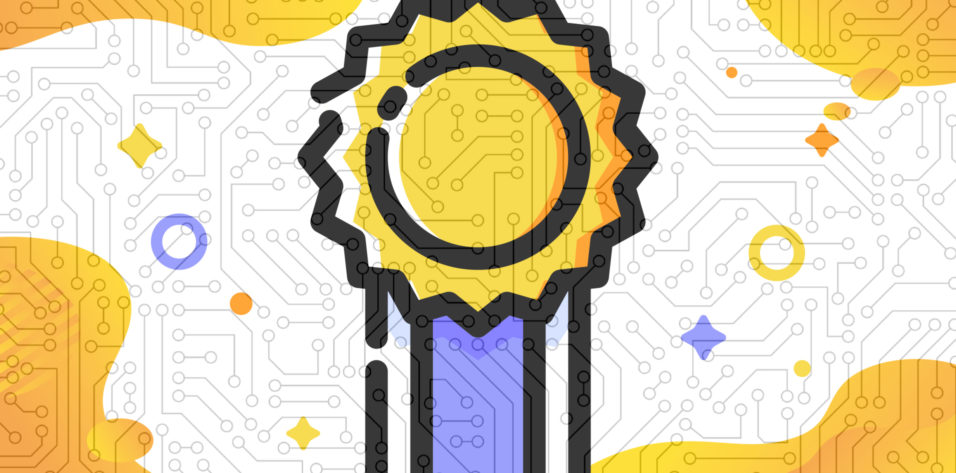In the current atmosphere of hot-button issues polarizing social communities left and right, it can sometimes be difficult to recall the positive value of some technological platforms. But, while the keyboard warriors carry on, creative solutions designed to help people in need are also filling our digital world. Below are a few apps developed to improve eye care for the benefit of patients and providers alike.
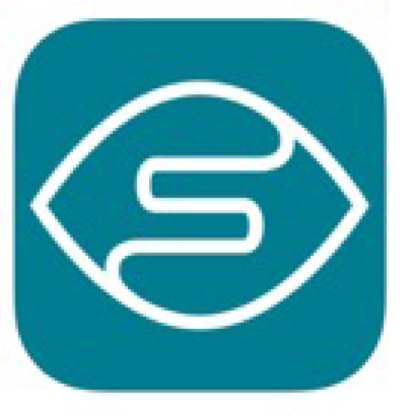
SEEING AI
Developed by Microsoft, Seeing AI is a free app designed for the blind and low vision community. Harnessing the power of AI, Seeing AI uses smartphone cameras to turn the visual world into an audible experience. The app can speak text that appears in front of a smartphone camera, can provide audio guidance on a printed document or handwritten text, can locate barcodes and identify products, and can even help users to recognize their friends and interpret their emotions.
Seeing AI can currently be used in 70 countries and is available in English, Dutch, German, French, Spanish, and Japanese languages. To date, the app has helped blind or low vision users with more than 20 million tasks. As AI research progresses, Microsoft anticipates being able to further expand the app’s services.
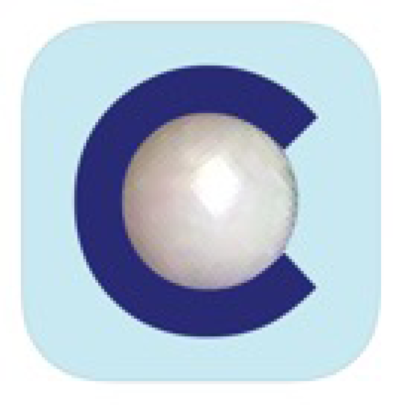
CRADLE
After his child was diagnosed with retinoblastoma, chemist Brian Shaw set out to develop software that could aid in the detection of the condition. Shaw teamed up with his colleagues at Baylor University to create an app called CRADLE, which uses to AI to detect leukocoria as an indicator of multiple ophthalmic conditions, including retinoblastoma, cataracts, and Coats disease.
To test the app, Shaw and his teammates analyzed more than 50,000 pictures of 40 children. Half had no eye disease, and half had been diagnosed with eye cancer or another disease. “On average, the app detected white eye in pictures collected 1.3 years before diagnosis,” Shaw told NPR. In order to train the app to better recognize leukocoria, Shaw is asking for pictures from people who have been diagnosed. Collecting more photos—including those from patients located outside the United States—will help improve the accuracy and relevance of the CRADLE app, Shaw says.
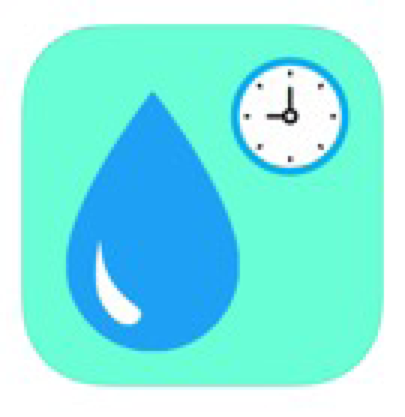
EYE DROP ALARM
EyeDropAlarm is a free app designed to remind patients to administer their eye drops. According to the developer, the app is quick to set up, with no login required. Patients simply select their eye drops from the app’s extensive database. Next, they indicate the start date, duration, and frequency of treatment, and then set alarms for when they prefer to administer their drops. Alerts from the app indicate the bottle cap color and which eye is due for treatment.
Patients can set up a schedule in advance, which is ideal for before or after eye surgery. EyeDropAlarm is the only app with built-in algorithms for drops on a tapered schedule and for setting the recommended gap between drops scheduled for the same day. Users can set the frequency of each drop from one time to 24 times per day. EyeDropAlarm also includes useful tips for inserting eye drops.
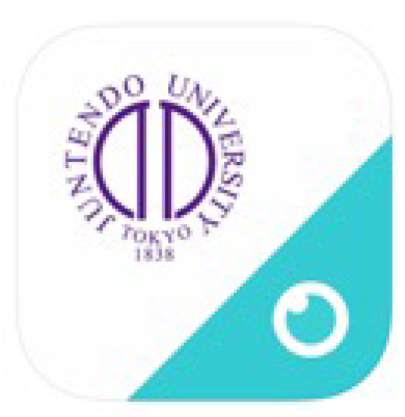
DRY EYE RHYTHM
Investigators in Japan developed the DryEyeRhythm app to identify individuals with undiagnosed symptomatic dry eye disease (DED) and the factors linked to the condition. Using the app, the investigators crowdsourced data from 4,454 participants who downloaded DryEyeRhythm and completed the enclosed questionnaire. Data were collected on demographics, medical history, lifestyle, subjective symptoms, and disease-specific symptoms using the Ocular Surface Disease Index and the Zung Self-Rated Depression Scale.
The investigators analyzed data from November 2016, when they launched the app, to January 2018. Of the participants, 3,294 individuals had symptomatic DED and 1,160 individuals did not. Among those with symptomatic DED, 27.3% had been diagnosed, and the rest were undiagnosed. The study suggested that DED in younger men without collagen disease, mental illness, ophthalmic surgery, and history of contact lens use may remain undiagnosed.
“This study’s findings suggest that crowdsourced research identified individuals with diagnosed and undiagnosed symptomatic [DED] and the associated factors,” the investigators concluded.1 They noted that these results highlight the potential of mobile health technology in future dry eye epidemiologic research.
1. Takenori I, Iwagami M, Nakamura M, et al. Characteristics and risk factors associated with diagnosed and undiagnosed symptomatic dry eye using a smartphone application [published online November 27, 2019]. JAMA Ophthalmol. doi:10.1001/jamaophthalmol.2019.4815.
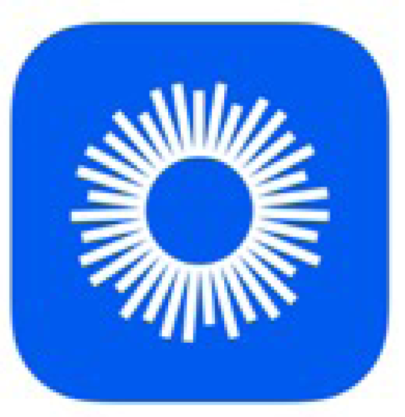
BE MY EYES
The Be My Eyes app connects blind and low vision users with sighted volunteers or company representatives who can assist them with a range of tasks, from checking an expiration date to locating a lost item. Using the Be My Eyes app, blind and low vision users can request help at any time of day from a sighted volunteer, who is notified of the request on his or her phone.
As soon as the first Be My Eyes volunteer accepts the request, a live audio-video connection is established between the two users. Through the blind or low vision user’s rear-facing camera, the volunteer can see the item or subject the user needs assistance with and provide the visual description or direction he or she needs. According to the developer, 90% of call requests issued through the Be My Eyes app are answered within 30 seconds.

